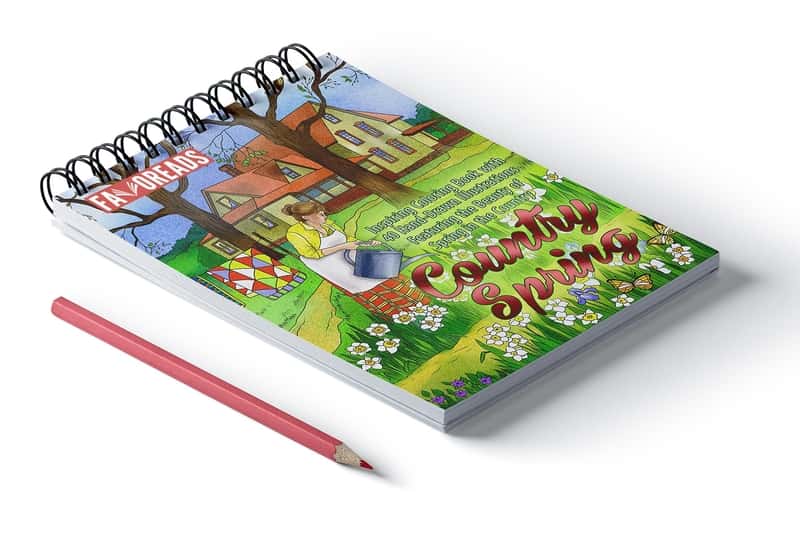Home › Forums › Coloring › Strategies for Managing Complex Case Study Assignments in Online Learning
- This topic has 1 reply, 2 voices, and was last updated 1 month, 3 weeks ago by
Claire F.
-
AuthorPosts
-
-
June 13, 2025 at 7:08 am #251434
 Chris LewisParticipant
Chris LewisParticipantCase study assignments can be particularly challenging in an online learning environment, where students often lack direct access to peers or instructors for real-time feedback. These assignments demand not only an understanding of theoretical frameworks but also the ability to apply them to practical, often multifaceted scenarios. For students juggling multiple courses or dealing with time constraints, seeking online case study assignment help becomes a valuable strategy to enhance comprehension and academic performance.
Effective case study writing starts with identifying the core issue in the scenario and then systematically analysing it through relevant academic models, such as SWOT analysis, stakeholder mapping, or cost-benefit assessments. Online help can provide guidance in structuring responses, citing sources accurately, and crafting recommendations that are both realistic and theoretically sound. This support is especially useful for those unfamiliar with academic conventions or writing styles required in higher education.
Moreover, many online platforms offer sample case studies, annotated examples, and even feedback services that can help students learn through observation and correction. Rather than replacing the learning process, these tools empower students to approach assignments with greater clarity and confidence. With the right use of online help, learners can sharpen their analytical thinking and develop stronger academic writing habits that serve them well beyond a single assignment.
-
June 24, 2025 at 11:47 am #252155
Claire F
ParticipantReading this post really resonated with me because learning to show rather than tell in writing was a turning point in my own journey. For a long time, I struggled with making scenes vivid without over-explaining. It took practice and reading examples that effectively painted images with actions and sensory details rather than flat statements. What helped me was breaking down sentences to ask: “What can the reader see, hear, or feel here?” Using resources like truowl.com gave me access to writing exercises and examples that deepened my understanding of descriptive techniques. The key is focusing on concrete details and letting the reader infer emotions or settings instead of spelling everything out. Over time, this approach makes writing more immersive and engaging, and I believe it’s a skill any writer can develop with patience and thoughtful practice.
-
-
AuthorPosts
- You must be logged in to reply to this topic.




